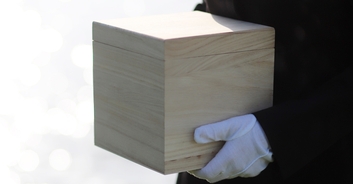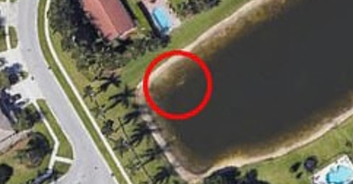Be sure to catch a glimpse of the upcoming solar eclipse, because it'll come with some rarities that if you don't see, you may never get a chance again!
On April 8, 2024, a total solar eclipse will grace the skies, as the Moon positions itself to obscure the Sun's face.
This extraordinary event will trace a path across Mexico, the United States, and Canada, which is why it's being referred to as the "Great North American Solar Eclipse".
According to Space.com, the last century has seen a total of 75 solar eclipses, spanning from 1925 to 2024, including annular-total/hybrid and non-central total eclipses.

On average, the maximum duration of totality for these eclipses was three minutes and 13 seconds.
Notably, the absolute maximum possible duration for a total solar eclipse is seven minutes and 32.1 seconds, as explained by Jean Meeus, a distinguished Belgian Earth and planetary scientist specializing in celestial mechanics.
The forthcoming eclipse on April 8 is expected to reach a maximum duration of four minutes and 28.2 seconds in north-central Mexico, firmly securing its position in the "Four Minute or Greater Club."

Among the 75 sampled solar eclipses, this event ranks among the top 25% in terms of duration.
But it has extra rare features that are worth keeping an eye out for!
Rick Fienberg, project manager for the American Astronomical Society's Solar Eclipse Task Force told Business Insider that the upcoming eclipse will bring what will look like a unique 360-degree sunset.
Not only this, but as the moon moves across the sun blocking the light, the sky will take on a purple or silvery hue - which sounds like it'll make a great photo.

A weird one, but if you turn your back to the eclipse and hold something with small holes in the air like a serving spoon, the shadows on the ground will be little crescent moons.
If the eclipse doesn't get your pulse rising, then Venus and Jupiter will be visible, with Venus around 10 minutes before the total eclipse, and Jupiter during it.
You can also get a glimpse of Baily's Beads, named after English astronomer Franic Baily, Fienberg said: "Baily's beads are the last bits of sunlight visible through deep valleys on the surface of the moon, before it entirely covers the sun."
They are visible around 10 seconds before and after totality and appear like blazes of sunlight.
You'll want to catch a glimpse of the Diamond Ring too, which occurs just before the moon has almost entirely covered the sun which caused a diamond ring effect.

The difficulty is, you can't see this through eclipse glasses, but you shouldn't take those glasses off before the total eclipse has taken place.
The eclipse also provides a unique opportunity to see the sun's corona, which is only visible to the naked eye during such celestial events.
The corona is the outermost part of the sun's atmosphere and will appear like like a bright, symmetrical glow coming from behind the moon's shadow.
There's lots to be excited about - just make sure you take steps to see the eclipse safely, without damaging your eyes!








